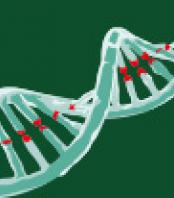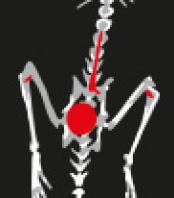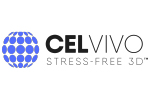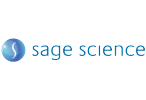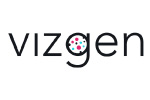Despite recent advances in base-calling accuracy and read length, de novo genome assembly and structural variant analysis using ‘short read’ shotgun sequencing remain challenging. Most resequencing projects rely on mapping the sequencing data to the reference sequence to identify variants of interest. Whole-genome scanning techniques have revealed the prevalence and importance of structural variation. Detecting copy number variation often relies on detection of relative signal intensities by array-based or quantitative PCR-based technologies. However, except for deletions, these methods do not provide positional information regarding the locations of copy number variants, and they cannot detect balanced structural variation, such as inversions or translocations.. The instrumentation presented by BioNano Genomics can improve de novo sequence assembly by providing long labeled DNA contigs with so far unknown structural variations.














